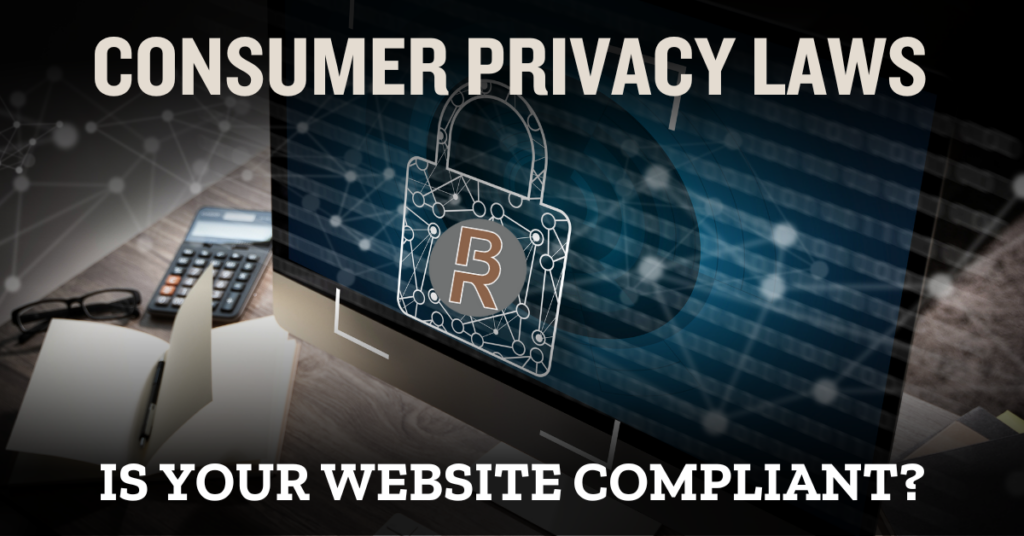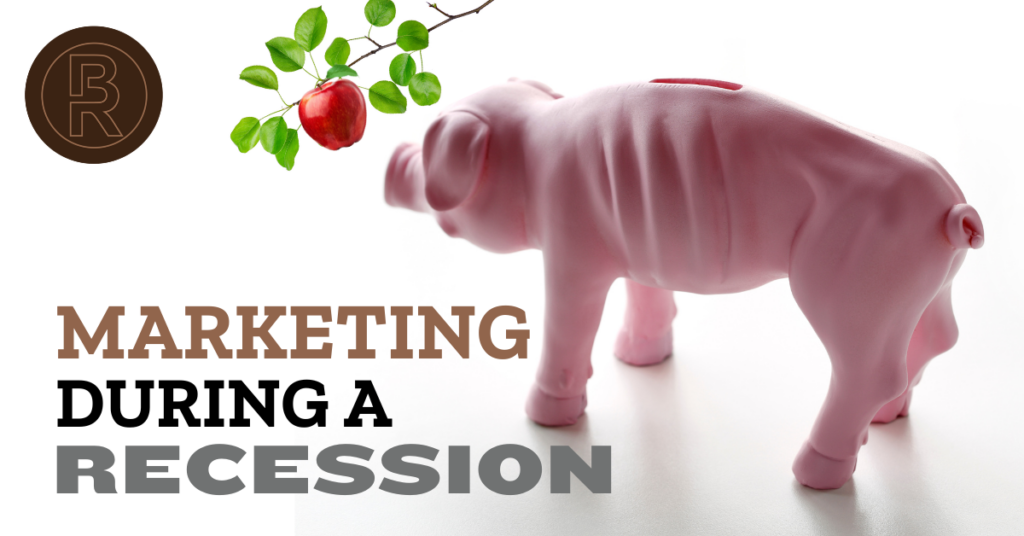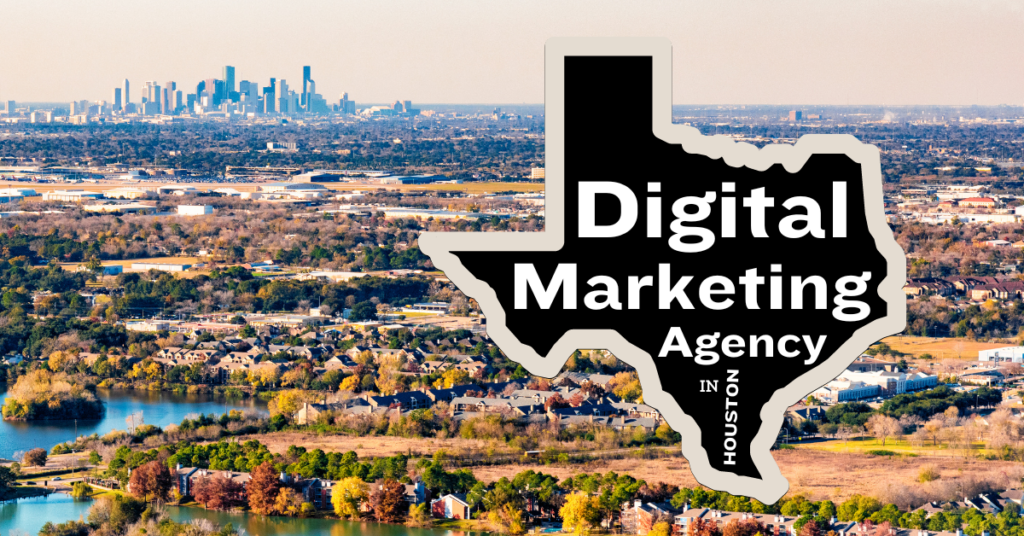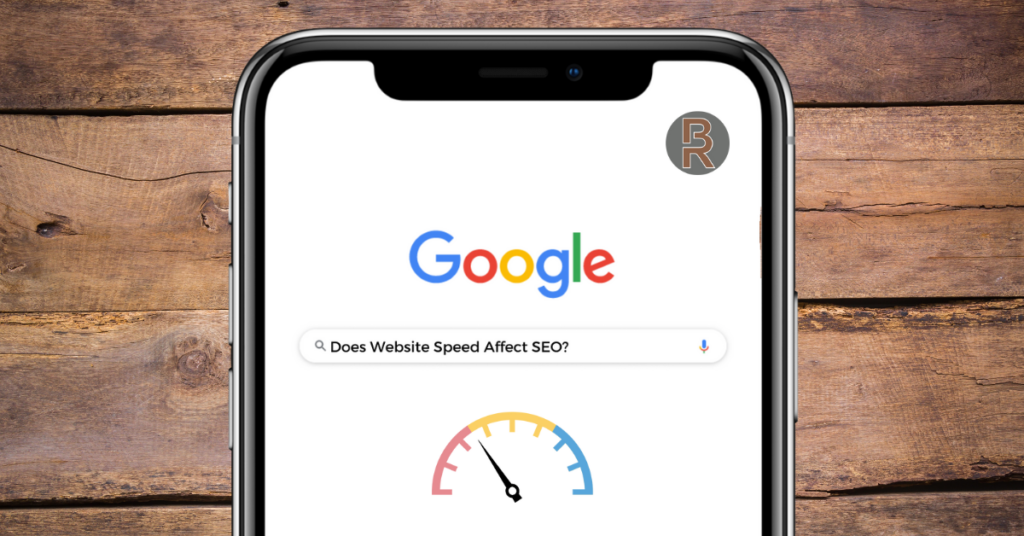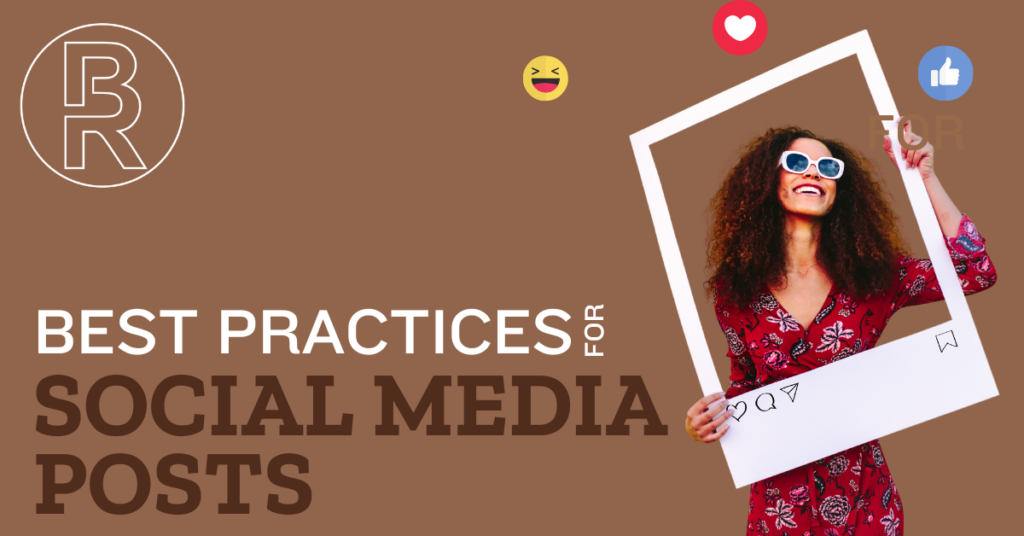Digital Marketing in 2025: SEO Trends & Insights for Success
Now that 2025 is well underway, we’re already seeing shifts in digital marketing that businesses need to pay attention to. With new SEO trends, evolving customer behaviors, and increased competition online, businesses need to stay proactive in their approach. In this blog, we’ll break down the key search engine optimization trends and insights that can […]
Digital Marketing in 2025: SEO Trends & Insights for Success Read More »




